Top Things to Know Before Buying House Plants: A Guide for Green Thumbs
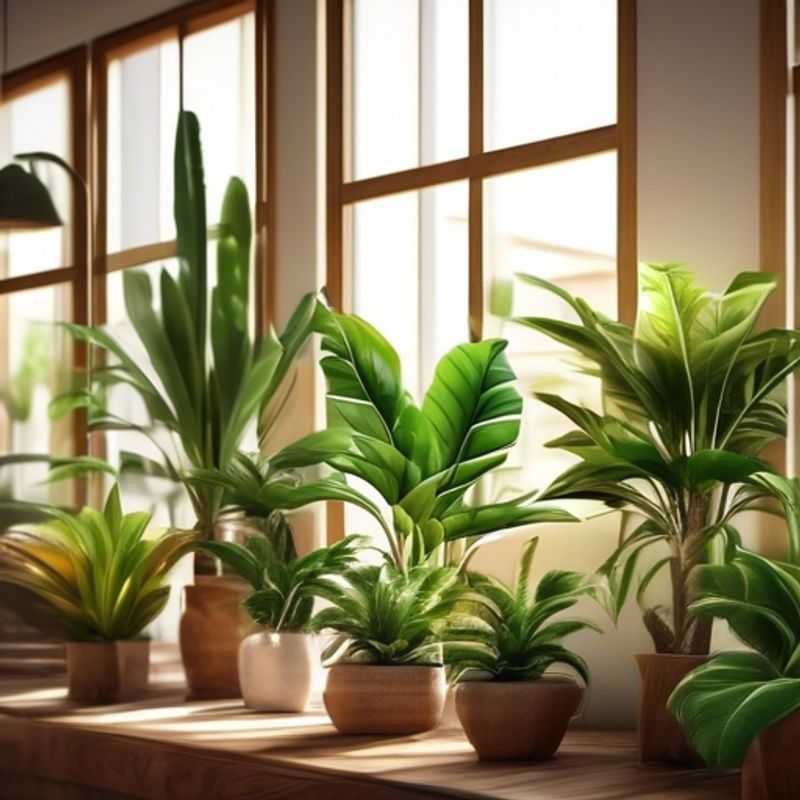
Top Things to Know Before Buying House Plants: Research Care Requirements, Consider Sunlight, Water, and Humidity, Measure Space, Inspect for Pests and Disease, Learn Repotting, Understand Toxicity, and Be Prepared for Commitment
Bringing a touch of nature indoors can be incredibly rewarding, but before you bring home your leafy companion, there are a few key things you need to know about houseplants.

Don't Let Your New Houseplant Wilt: Researching Care Requirements Before You Buy
When embarking on the rewarding journey of welcoming a houseplant into your home, a vital step is to delve into its specific care requirements. This proactive approach ensures your green companion thrives and brings joy for years to come. Understanding the plant's needs is paramount to its flourishing.
Start by researching the plant's origin. Native environments offer crucial clues. For instance, a plant originating in a tropical rainforest will require higher humidity than one from a desert region.
Next, consider the plant's light preferences. Adequate lighting is essential for photosynthesis. Some plants thrive in bright, indirect light, while others prefer dappled shade or even low-light conditions.
Water requirements are another critical factor. Overwatering is a common cause of houseplant demise. Research the plant's preferred watering schedule and the signs of thirst, such as wilting or dry soil.
Finally, don't forget about nutrients. Most houseplants benefit from occasional fertilization. Choose a balanced fertilizer specifically designed for houseplants and follow the recommended dosage and frequency.
By diligently researching and adhering to your houseplant's specific care requirements, you'll create an environment that fosters its growth and beauty, transforming your home into a verdant sanctuary.
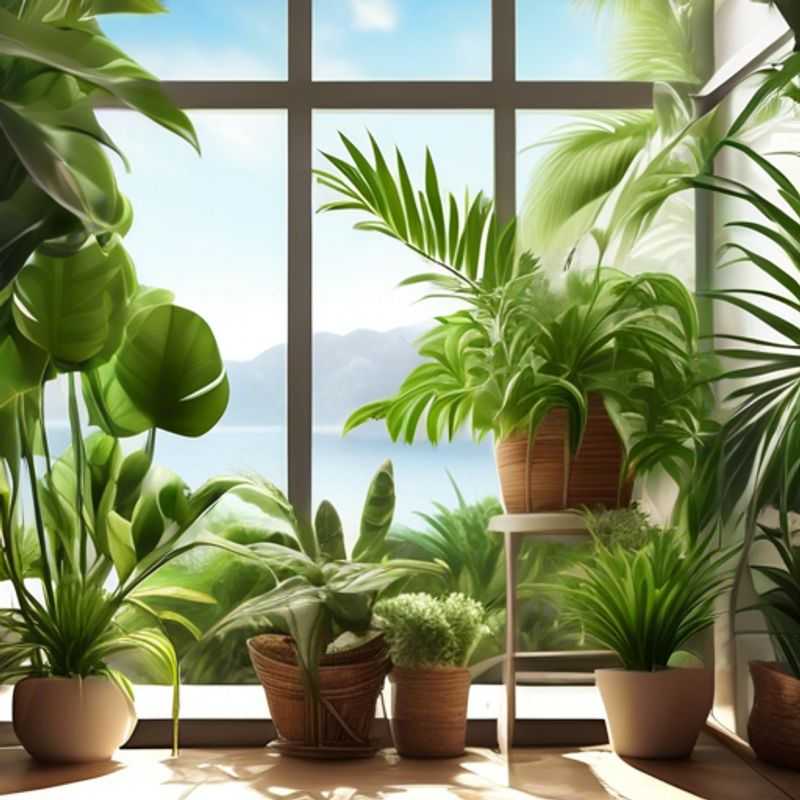
Sunlight, Water, and Humidity: The Trifecta of Plant Care
Plants, like any living creature, require specific environmental conditions to thrive. These conditions are crucial for their growth, development, and overall health. Understanding the needs of your plants in terms of sunlight, water, and humidity can make a significant difference in their success.
Sunlight is vital for photosynthesis, the process by which plants convert light energy into chemical energy to fuel their growth. The amount of sunlight a plant needs varies depending on the species. Some plants thrive in full sun, while others prefer shade. Water is another essential element, as it's necessary for transporting nutrients and regulating plant temperature. Plants' water needs can vary based on factors like soil type, temperature, and the plant's stage of development. Humidity also plays a role, as it affects water evaporation from leaves and soil. Plants adapted to humid environments may struggle in dry areas.
To ensure your plants' well-being, it's crucial to provide them with the appropriate amount of light, water, and humidity. Research the specific needs of your plants, or consult with a gardening expert. With proper care, your plants will flourish and bring joy to your surroundings.
Remember, these are general guidelines. It's always best to research the specific requirements of your plants for optimal growth.
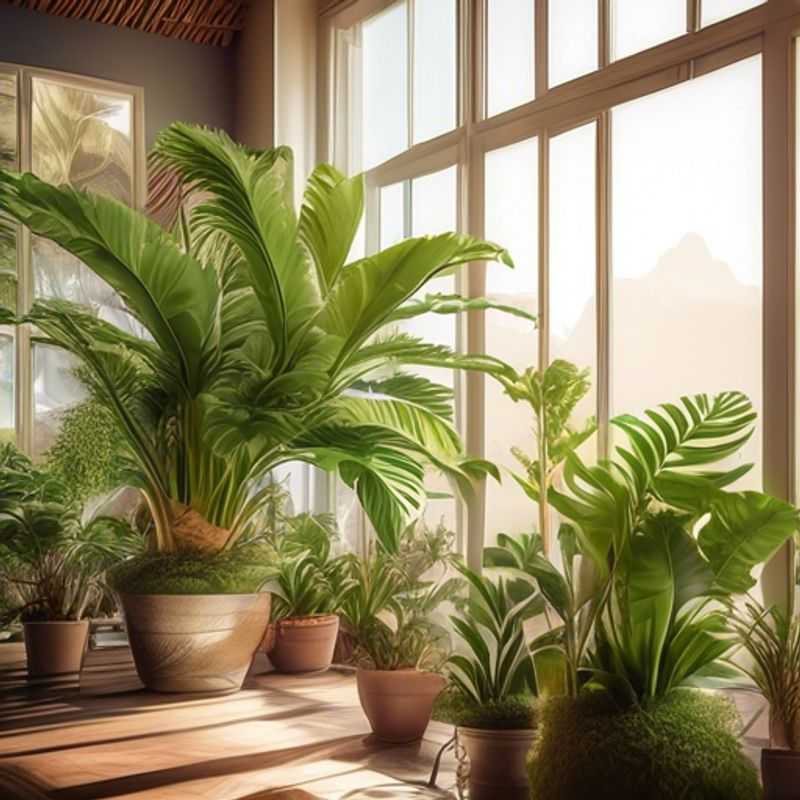
Measure Twice, Plant Once: Ensuring Your Green Friend Has Room to Grow
When planning to place a plant, it is essential to measure the space accurately to ensure it fits well within the intended area. Start by determining the dimensions of the plant, including its potential growth size, as many plants can grow larger than anticipated. Use a measuring tape to assess the length, width, and height of the space where the plant will be located.
Consider factors such as light availability, as some plants require more sunlight than others, which may limit placement options. Additionally, evaluate the accessibility for watering and maintenance, ensuring there is enough room to care for the plant without obstruction.
It may also be wise to account for pot size when measuring, as the container can add to the overall dimensions. If you are considering purchasing a decorative pot or tray, include these measurements in your planning. Lastly, remember to check for any local regulations or guidelines regarding plant placements, especially in shared spaces or public areas.
In terms of paid activities, consider the costs of purchasing measuring tools, decorative pots, or even professional landscaping services if you need assistance in planning the layout. These factors can impact your overall budget and should be included in your space measurement planning.
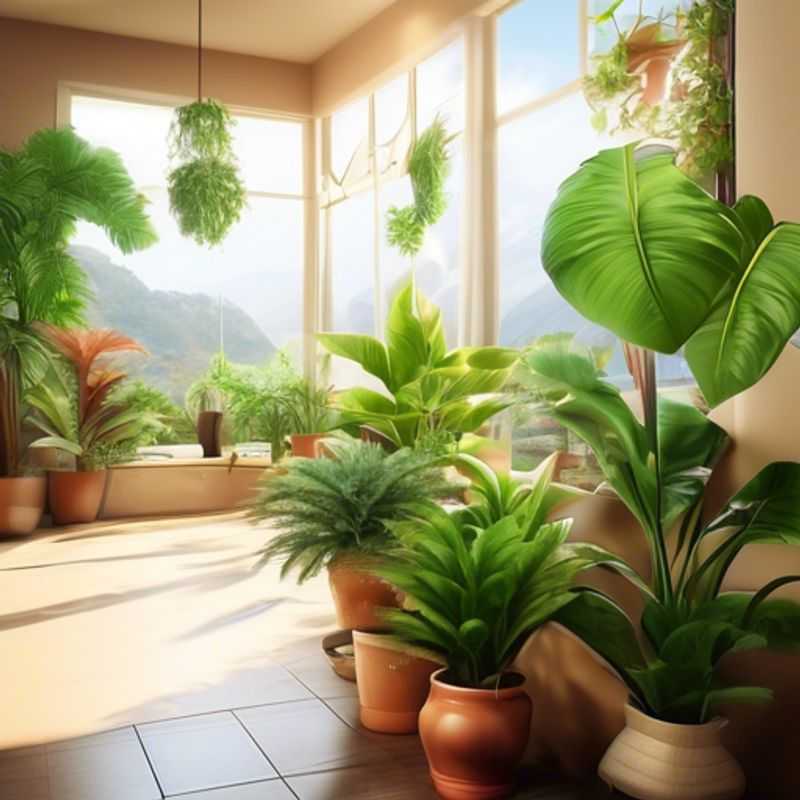
Don't Get Bugged: Inspecting Plants for Pests and Disease Before Purchase
When purchasing a plant, it's crucial to carefully inspect it for any signs of pests or diseases. This proactive step can save you from bringing unwanted critters or infections into your home or garden. A quick visual inspection can reveal potential issues, allowing you to make an informed decision.
Look for visible signs of pests like insects, mites, or their droppings. Examine the leaves for discoloration, holes, or webbing. Inspect the stems and roots for any unusual growths, discoloration, or damage. If you see any signs of pests or diseases, it's best to choose a different plant.
Consider asking the seller about any known pest or disease issues in their stock. This can provide additional insight into the plant's health and help you make a more informed decision.
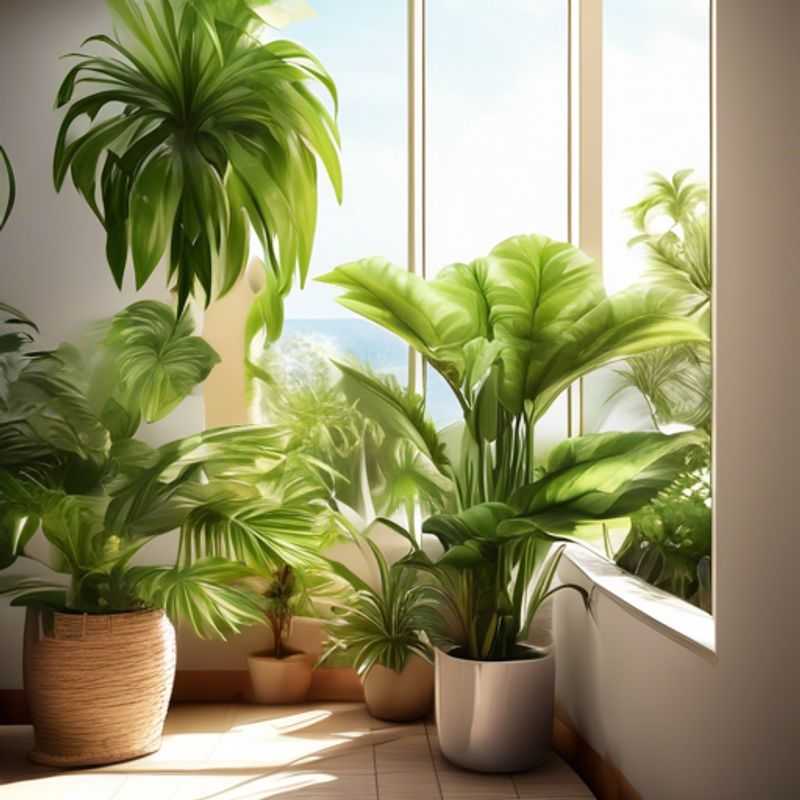
Repotting & Transplanting: A Guide to Giving Your Plants Room to Grow
Repotting and transplanting your plants is essential for their growth and well-being. As your plant matures, it will outgrow its current pot and require a larger one to accommodate its expanding root system. This process, known as repotting, involves moving the plant to a new pot with fresh potting mix. Transplanting, on the other hand, refers to moving the plant from one location to another, usually outdoors.
Repotting typically occurs during the plant's active growing season, which varies depending on the species. It's crucial to choose a pot that is only slightly larger than the previous one, as too large a pot can lead to root rot due to excess moisture. When repotting, gently remove the plant from its current pot and inspect the roots. If they appear overcrowded or circling around the bottom, it's a clear sign that repotting is necessary. Carefully loosen any compacted roots and trim off any damaged or dead ones. Place the plant in the new pot, ensuring the top of the root ball is level with the rim of the pot. Fill the pot with fresh potting mix, leaving a small space at the top for watering.
Transplanting plants outdoors requires careful planning. Choose a location that provides adequate sunlight and drainage for the specific plant. Dig a hole that's wide enough to accommodate the plant's root ball and deep enough for the base of the stem to sit just below ground level. Gently remove the plant from its pot, loosen any compacted roots, and place it in the hole. Backfill the hole with soil, firming it around the roots. Water thoroughly to settle the soil around the plant.
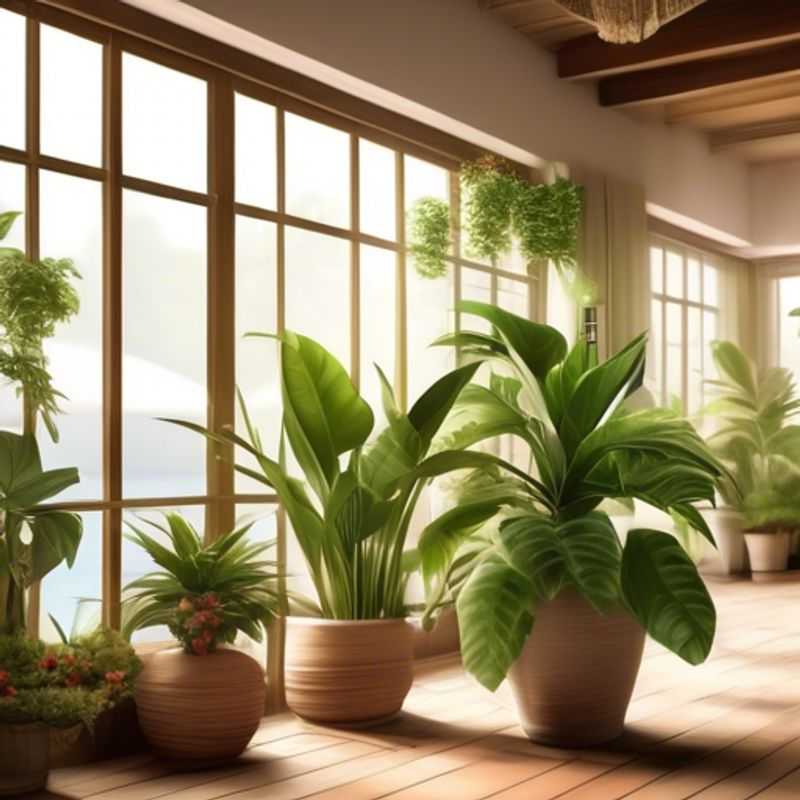
Pet and Child Safety: Understanding Plant Toxicity
You've got a beautiful new plant, but with pets or small children around, safety is paramount. Knowing a plant's toxicity level is crucial. A quick online search for the plant's name followed by "toxicity" will yield reliable information. Look for resources like the ASPCA or Pet Poison Helpline, as they offer comprehensive databases. Remember, even if a plant is considered non-toxic, it's always best to err on the side of caution and keep it out of reach of curious hands and paws.
Some common signs of plant poisoning in pets and children include: vomiting, diarrhea, drooling, lethargy, tremors, and difficulty breathing. If you suspect your pet or child has ingested a toxic plant, contact your veterinarian or poison control center immediately. Time is of the essence in these situations.
Understanding the potential risks posed by plants is essential for responsible pet and child care. By taking the simple step of researching your plants, you can ensure a safe and enjoyable environment for everyone in your home.
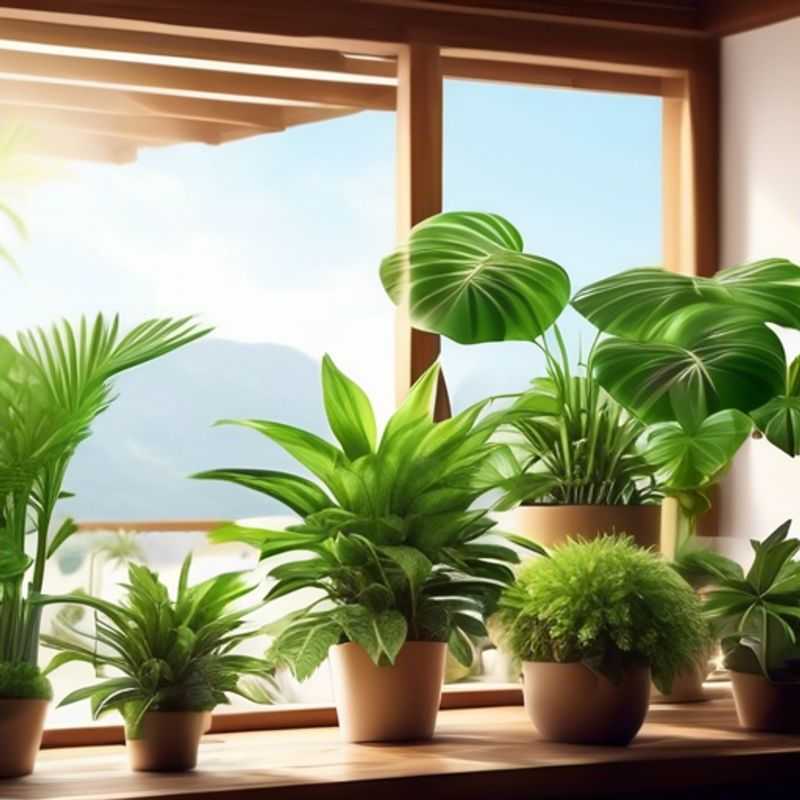
Cultivating Success: Providing the Right Care for Your Plant
Caring for plants is a rewarding experience that brings beauty and life to your surroundings. It's crucial to provide your plants with the necessary care and attention to ensure their well-being and thrive. Here's a concise guide to help you get started.
Light is a crucial factor for plant growth. Most plants need at least 6 hours of sunlight daily, but it’s important to research the specific requirements of each plant. Water is also essential. You should water your plants when the soil is dry to the touch, but avoid overwatering as it can damage the roots. Nutrients are vital for plant growth. You can provide these by using fertilizers or adding compost to the soil.
Pest control is important for maintaining plant health. Regularly inspect your plants for any signs of pests or diseases. You can use organic pesticides or natural methods like neem oil or insecticidal soap to manage pests. Pruning is essential for maintaining shape and removing dead or diseased branches. Repotting should be done every 1-2 years to provide your plants with fresh soil and more space to grow.
Remember that proper care will help your plants thrive and bring joy for years to come. However, if you encounter any problems, it's always best to consult with a local gardening expert or online resources for further guidance.
